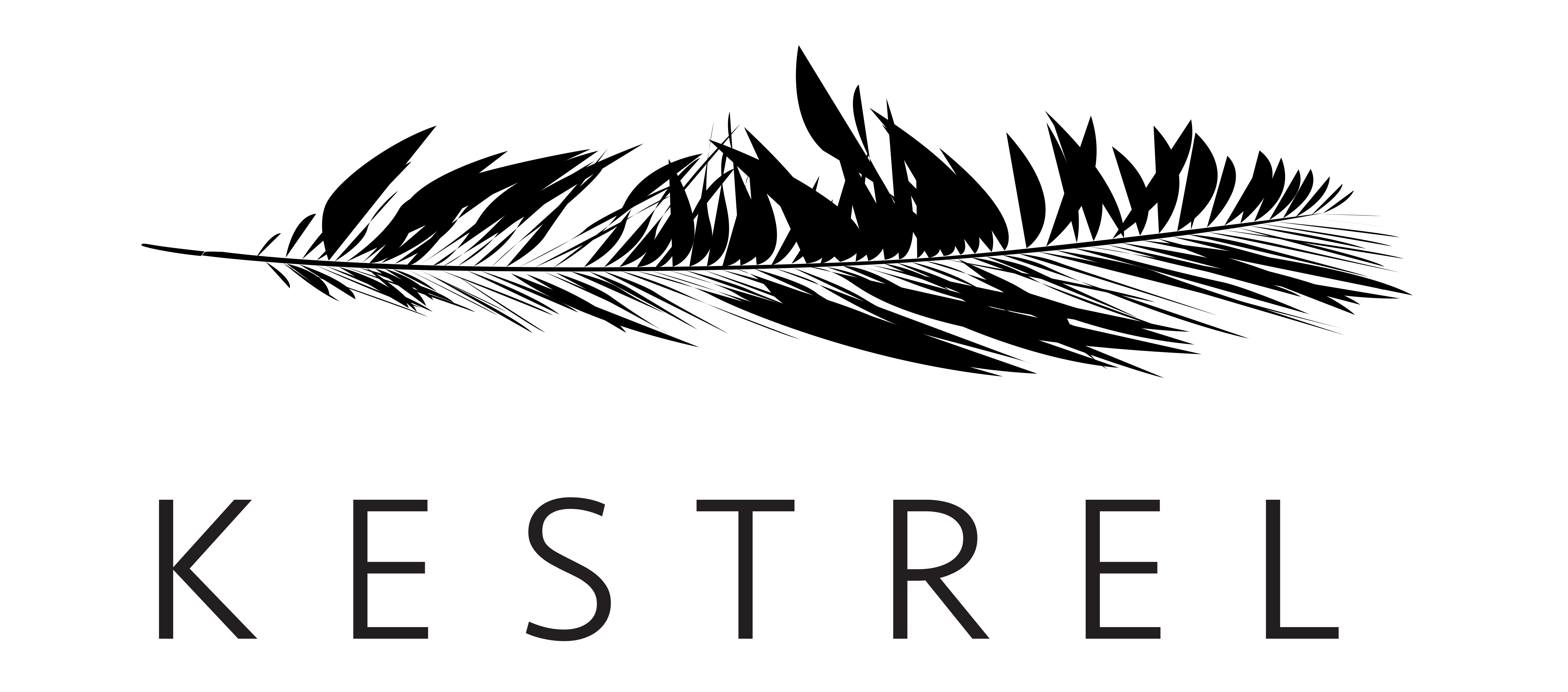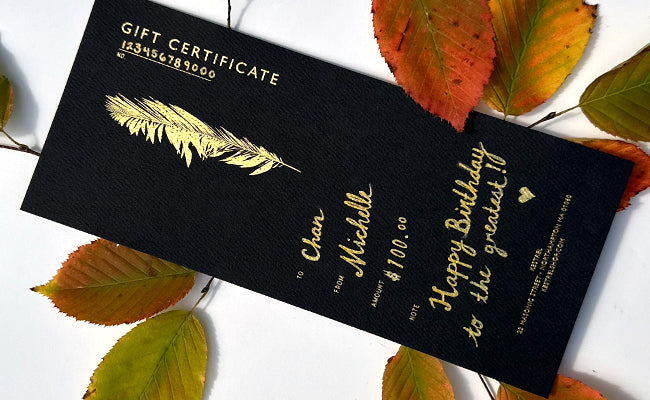Fog Linen | A Fabric, A History
As the 4th of July approaches, we pause to reflect on the underlying history of the holiday better known for epic barbecues, fireworks, + the colors of our nation's greatest symbol; the American flag. Modified 26 times since its original creation in 1777, the history contained in the creation of our flag is something to consider. And perhaps even more tied into our lives are the histories of the linens we use, wear + cherish on a daily basis.
Linen. A fabric prized since antiquity for its strength, quality, absorbency, + breathable nature. Linen textiles appear to be some of the oldest in the world, with traces of it's production dating back to Egypt more than 4,000 years ago. The long-lasting quality of linen is no hoax, and has been tested with the literal sands of time. When the tomb of Pharaoh Ramses II was discovered in 1881, the linen cloth used as burial wrappings in 1213 BC was found in near perfect condition.
Today, the world's top linen producers are located in Western Europe + Ukraine. These regions popularized the production of linen on a larger scale because the flax plants that are used to construct linen fibers are widely grown in these regions. In America, linen has been used widely + for centuries as bed and bath fabrics, clothing, kitchen utility, canvas for oil painting, etc. And while most of the early American flags were made from hemp, some of the earliest stars stitched to our nation's flag were woven from linen fibers.
So, in honor of the 4th, the flag, + the great tradition of linen production, we chose to celebrate with one of our favorites: Fog Linen. Yumiko Sekine, the brainchild behind Fog Linen, began working as an importer of used books, housewares and linens. Importing goods to Japan from America + Europe, Yumiko was frustrated by the lack of quality, affordable, everyday linen products available to her. In Lithuania, Yumiko met with producers + designed her own line of linen products which we know and cherish today as Fog Linen.
The Fog Linen products that we carry at Kestrel are some of the most luxurious, high-quality fabrics we've ever laid our hands on. They are strong, yet supple. They have weight and body, yet they are breathable and airy. Linen is truly a versatile fabric, perfect for the ever-changing New England climate we're so often bound by.

Happy 4th! And here's to linen: a fabric, a history, a lifestyle.



















